This post was written by NCTE member Tiffany A. Flowers as part of Build Your Stack,® an NCTE initiative focused exclusively on helping teachers build their book knowledge and their classroom libraries. Build Your Stack® provides a forum for contributors to share books from their classroom experience; inclusion in a blog post does not imply endorsement or promotion of specific books by NCTE.
Two years ago, I co-authored a commentary for Teachers College Record centered on incidents regarding African American hair politics and schools. This was after more than 25 reported incidents occurred on social media.
My goal through this commentary was not only to raise awareness regarding this issue, but to help teachers and administrators understand the cross-cultural concerns Black parents will inevitably raise regarding their children’s hair being seen as unsightly, inappropriate, and unprofessional.
In the commentary, we addressed the need to reexamine policies which appear to target Black students. Those policies included but were not limited to students wearing Senegalese twists, Bantu knots, braids, twists, and corn rolls. We also discussed some of the odd solutions proposed, such as encouraging five-year-olds to wear wigs and weave ponytails to hide their natural hair. Many of these incidents seemed to stem from the emergence of the natural hair movement.
The natural hair movement, which has sparked controversy all over the globe in regard to people of African descent, is at the heart of these issues. There are current movements and lawsuits in South Africa, the Caribbean, and the US, and similar incidents in other countries.
The majority of the incidents in the US appear to be happening within K–12 schools. The reason this is important is that teachers who are focusing on creating more diverse and inclusive classrooms for students need also to understand and practice diversity, with practices that are anti-racist, culturally relevant, and not anti-Blackness.
As more incidents arise in schools, it’s imperative for informed and culturally-responsive teachers to have accurate information and materials to address these concerns.
Teachers can thank the authors of color who have had the foresight to create texts addressing these issues, and can take steps to make relevant materials available within classrooms.
Recommendations for Grades K–3
There are currently a good number of books which affirm the diversity of Black hair for young children in grades K–3. Below I highlight six books worth adding to your classroom collection:
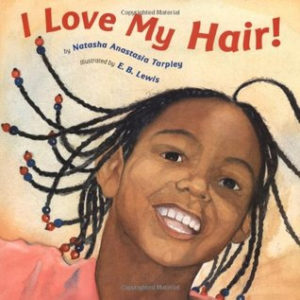
by Natasha Anastastia Tarpley
This is a story about a little girl who affirms the beauty in her hair and compares it to the beauty we see in everyday life.
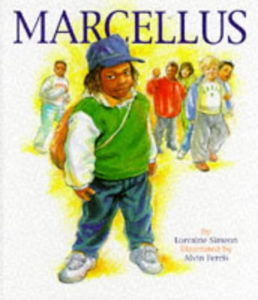 Marcellus
Marcellus
by Lorraine Simeon
This is a story about a little boy who wears his hair in locks. He is uneasy until his mother explains the beauty and tradition in his hair.
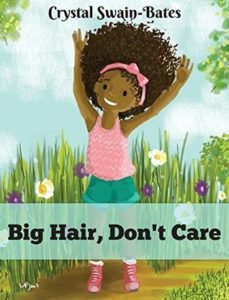
by Crystal Swain-Bates
This is a story which affirms differences among children.
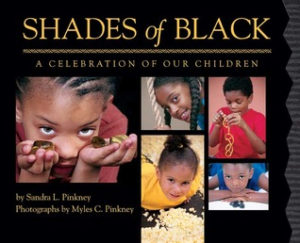 Shades of Black: A Celebration of Our Children
Shades of Black: A Celebration of Our Children
by Sandra L. Pinkney
This book contains photographs of African American which affirm the skin color, hair types, and eye color of children.
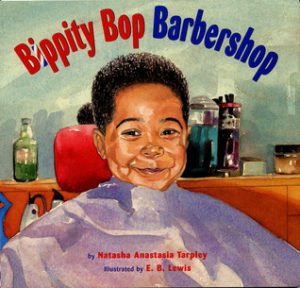
by Natasha Anastastia Tarpley
This book is about the tradition of Black fathers taking their sons to barbershops to experience the cultural traditions of caring for Black hair.
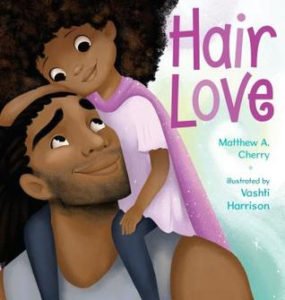
by Matthew Cherry
There are also additional online resources and websites for teachers to educate themselves on the Black hair movement within literacy.
Another resource of potential interest is the AfroArt series, a photography series that recognizes and celebrates “the versatility of black hair and its innate beauty” and aims to empower children of color: Afro Art Series.
Works Cited
Flowers, T. A., & Berry, E. L. (2017). 21st-century black codes in K–12 school policies related to black hair. Teachers College Record.

Tiffany A. Flowers is a children’s author and literacy advocate, and a native of Chicago, Illinois. Currently, she is an assistant professor of education in the department of cultural and behavioral sciences at Georgia State University Perimeter College. Her research agenda is divided into four distinct and interrelated areas of research including African American literacy development, children’s literature, diversity issues in education, and emergent literacy. Contact her at tflowers@gsu.edu.

